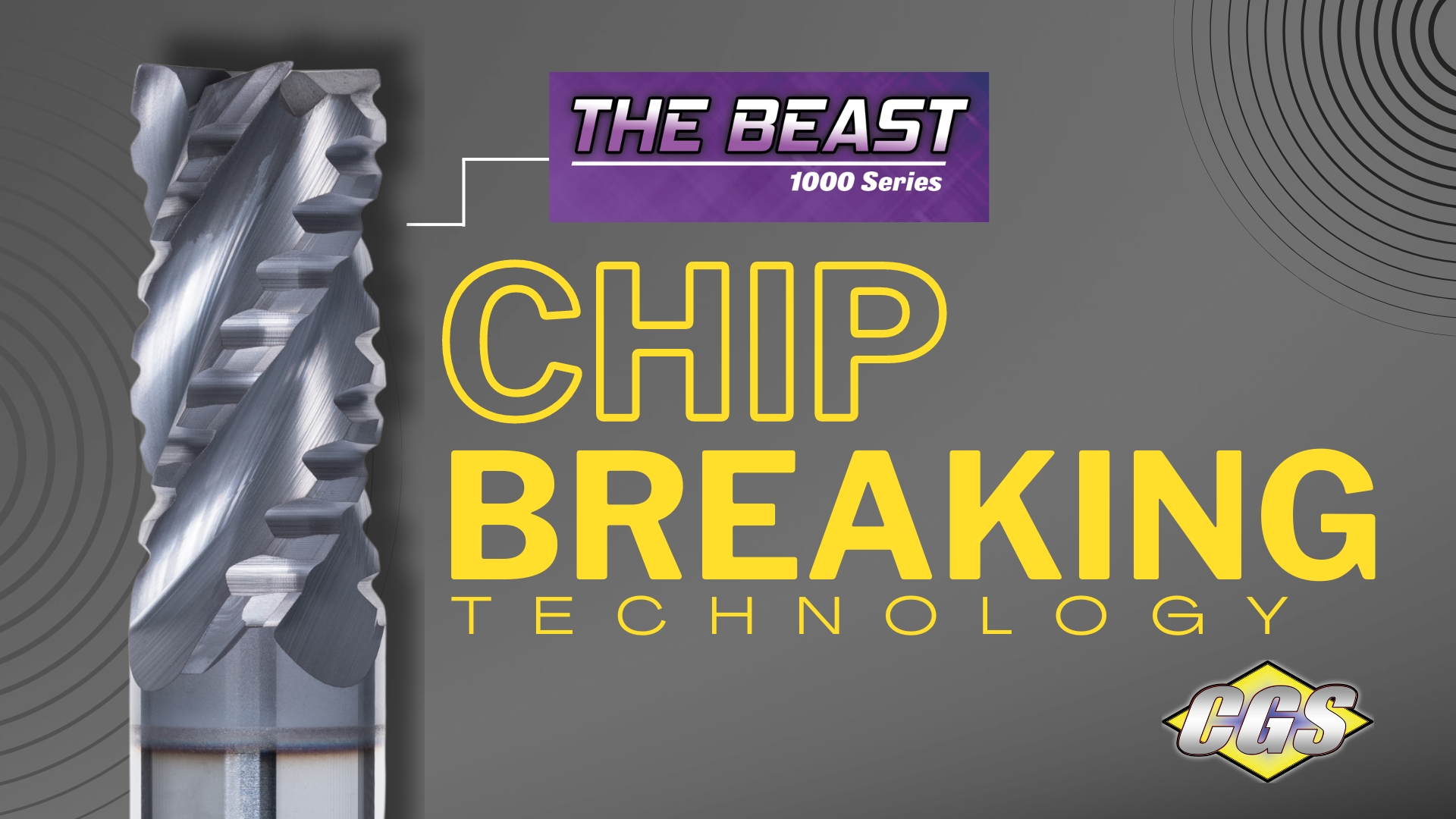
Chipping breaking technology with end mills offers several advantages over conventional milling techniques:
- Improved Surface Finish: Conventional milling can create burrs and rough edges on the workpiece due to the shearing action of the teeth. Chipping technology utilizes specially designed end mills with features that break the chips into smaller, more manageable pieces. This reduces chipping and improves the overall surface finish of the machined part.
- Reduced Cutting Forces: Smaller chips translate to lower cutting forces on the end mill. This reduces strain on the tool and the machine, leading to:
- Extended Tool Life: Less wear and tear on the end mill means it lasts longer between sharpenings or replacements.
- Improved Machine Performance: Reduced cutting forces allow the machine to operate more efficiently and minimize vibrations.
- Better Chip Evacuation: Smaller chips are easier to evacuate from the cutting zone. This prevents chip re-cutting, which can damage the surface finish and even cause tool breakage. Efficient chip evacuation also improves cooling and lubrication at the cutting point.
- Versatility: Chipping breaking end mills can be used on a wider range of materials, including brittle and difficult-to-machine materials. This is because the smaller chips put less stress on the material, reducing the risk of cracking or delamination.
Overall, chipping breaking technology with end mills can lead to higher quality machined parts, improved machining efficiency, and reduced costs associated with tool wear and replacement.


